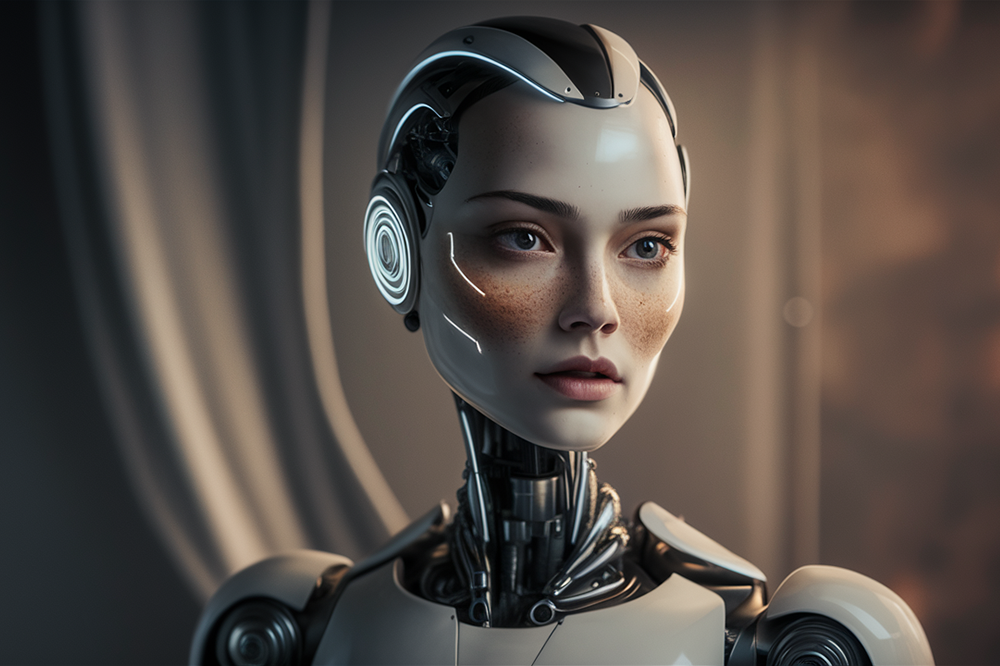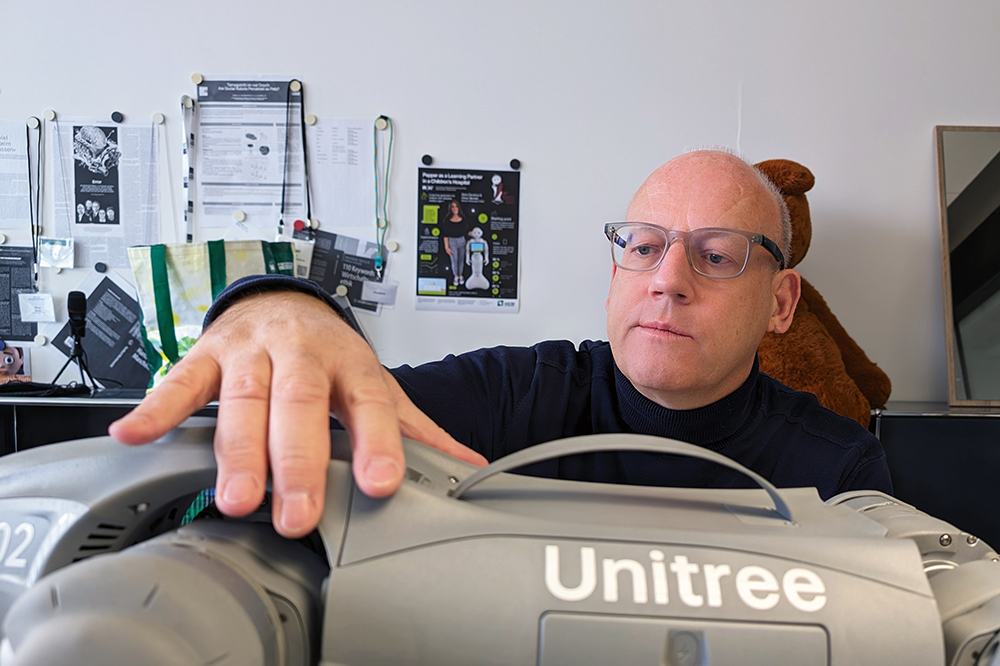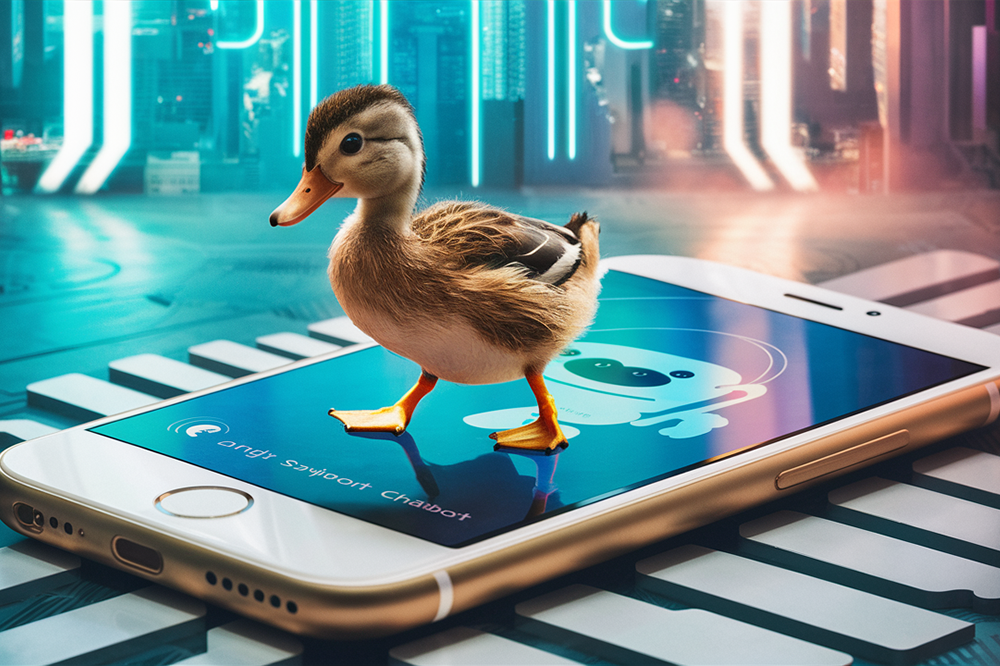“GXO Logistics, Inc. (NYSE: GXO), the world’s largest pure-play contract logistics provider, and Agility Robotics, creator of the leading bipedal Mobile Manipulation Robot (MMR) DigitⓇ, announced today that they have signed a multi-year agreement to begin deploying Digit in GXO’s logistics operations. This agreement, which follows a proof-of-concept pilot in late 2023, is both the industry’s first formal commercial deployment of humanoid robots and first Robots-as-a-Service (RaaS) deployment of humanoid robots.” (Press Release, 27 June 2024) This was announced by Agility Robotics in a press release dated June 27, 2024. “Digit is a multi-purpose, human-centric robot made for logistics work, and designed to work safely in human spaces and help with a variety of repetitive tasks. Agility Arc is designed to simplify the deployment lifecycle, from facility mapping and workflow definition to operational management and troubleshooting.” (Press Release, 27 June 2024) According to Oliver Bendel, Digit, Atlas, Figure 01, H1, G1, and other models can be seen as preliminary stages of universal robots. It is important to test them in closed or semi-open worlds such as factories before releasing them into open worlds (Photo: Agility Robotics).
Living Skin on an Artificial Face
Scientists from The University of Tokyo have succeeded in applying living skin to a robot face. In their article “Perforation-type anchors inspired by skin ligament for robotic face covered with living skin” they write: “Skin equivalent, a living skin model composed of cells and extracellular matrix, possesses the potential to be an ideal covering material for robots due to its biological functionalities. To employ skin equivalents as covering materials for robots, a secure method for attaching them to the underlying structure is required. In this study, we develop and characterize perforation-type anchors inspired by the structure of skin ligaments as a technique to effectively adhere skin equivalents to robotic surfaces. To showcase the versatility of perforation-type anchors in three-dimensional (3D) coverage applications, we cover a 3D facial mold with intricate surface structure with skin equivalent using perforation-type anchors. Furthermore, we construct a robotic face covered with dermis equivalent, capable of expressing smiles, with actuation through perforation-type anchors. With the above results, this research introduces an approach to adhere and actuate skin equivalents with perforation-type anchors, potentially contributing to advancements in biohybrid robotics.” (Abstract) The result is an inverted or reversed cyborg. Oliver Bendel uses this term for technical structures that are supplemented with biological structures. It is also – another term used by Oliver Bendel – robot enhancement. There is no doubt that there will be more and more developments like this. Humans will become cyborgs, and robots will become reversed cyborgs (Image: Ideogram).
H@mmur@pi was Born
Since 2012, Prof. Dr. Oliver Bendel has been building chatbots and voice assistants – partly with his students and partly on his own. These have been discussed by the media and found interesting by NASA. He gained his theoretical knowledge and practical illustrative material from his doctorate on this topic a quarter of a century ago. Since 2022, the focus has been on dialog systems for dead and endangered languages. Under his supervision, Karim N’diaye developed the chatbot @ve for Latin and Dalil Jabou the chatbot @llegra for Vallader, an idiom of Rhaeto-Romanic, enhanced with voice output. Since May 2024, he has been testing the scope of GPTs – “custom versions of ChatGPT”, as OpenAI calls them – for endangered languages such as Irish (Irish Gaelic), Maori, and Basque. Prototypes have already been created for all three, namely Irish Girl, Maori Girl, and Adelina (for Basque). He is also investigating the potential for extinct languages such as Egyptian and Akkadian. The GPTs do not readily communicate in hieroglyphics or cuneiform, but they can certainly represent and explain signs of visual languages. It is even possible to enter entire sentences and ask how they can be improved. The result is then – to stay with Akkadian – complex structures made up of cuneiform characters. H@mmur@pi specializes in this language. He is also familiar with the culture and history of the region.
Cleop@tr@ was Born
Since 2012, Prof. Dr. Oliver Bendel has been building chatbots and voice assistants – partly with his students and partly on his own. These have been discussed by the media and found interesting by NASA. He gained his theoretical knowledge and practical illustrative material from his doctorate on this topic a quarter of a century ago. Since 2022, the focus has been on dialog systems for dead and endangered languages. Under his supervision, Karim N’diaye developed the chatbot @ve for Latin and Dalil Jabou the chatbot @llegra for Vallader, an idiom of Rhaeto-Romanic, enhanced with voice output. Since May 2024, he has been testing the scope of GPTs – “custom versions of ChatGPT”, as OpenAI calls them – for endangered languages such as Irish (Irish Gaelic), Maori, and Basque. Prototypes have already been created for all three, namely Irish Girl, Maori Girl, and Adelina (for Basque). He is also investigating the potential for extinct languages such as Egyptian and Akkadian. The GPTs do not readily communicate in hieroglyphics or cuneiform, but they can certainly represent and explain signs of visual languages. It is even possible to enter entire sentences and ask how they can be improved. The result is then – to stay with Egyptian – complex structures of hieroglyphs. Cleop@tr@, which was created on 12 May 2024, specializes in this language. She is also familiar with the culture and history of ancient Egypt.
Robots at Arm’s Length
The paper “Robots at arm’s length: Unveiling the dynamics of interpersonal distance preferences in human-robot interactions” by Katharina Kühne, Laura M. Zimmer, Melina Jeglinski-Mende, Oliver Bendel, Yuefang Zhou, and Martin Fischer was accepted at Robophilosophy 2024. The study focuses on the spatial distance between social robots and humans. According to the authors, the results have implications for the design of social robots and the optimization of interactions, especially in educational or medical contexts. Katharina Kühne is a PhD student in the Potsdam Embodied Cognition Group (PECoG) at the University of Potsdam. She has a diploma in language teaching, a master’s degree in linguistics, and a master’s degree in cognitive psychology. She is supervised by Prof. Dr. Martin Fischer (University of Potsdam, head of the PECoG) and Prof. Dr. Oliver Bendel (FHNW School of Business, associated researcher of the PECoG). The results of the study will be presented at Robophilosophy, which will take place in Aarhus from August 20 to 23, 2024.
The ICSR 2024 is Approaching
The deadline for the International Conference on Social Robotics 2024 (ICSR 2024) is approaching. Experts in social robotics and related fields have until July 5 to submit their papers. The prestigious event was last held in Florence (2022) and Qatar (2023). Now it enters its next round. The 16th edition will bring together researchers and practitioners working on human-robot interaction and the integration of social robots into our society. The title of the conference includes the addition “AI”. This is a clarification and demarcation that has to do with the fact that there will be two further formats with the name ICSR in 2024. ICSR’24 (ICSR + AI) will take place as a face-to-face conference in Odense, Denmark, from 23 to 26 October 2024. The theme of this year’s conference is “Empowering Humanity: The role of social and collaborative robotics in shaping our future”. The topics of the Call for Papers include “collaborative robots in service applications (in construction, agriculture, etc.)”, “Human-robot interaction and collaboration”, “Affective and cognitive sciences for socially interactive robots”, and “Context awareness, expectation, and intention understanding”. The general chairs are Oskar Palinko, University of Southern Denmark, and Leon Bodenhagen, University of Southern Denmark. More information is available at icsr2024.dk.
Teaching and Learning with GPTs
In the spring semester of 2024, Prof Dr Oliver Bendel integrated virtual tutors into his teaching. These were ‘custom versions of ChatGPT’, so-called GPTs. Social Robotics Girl was available for the elective modules on social robotics, created in November 2023, and Digital Ethics Girl from February 2024 for the compulsory modules “Ethik und Recht” and ‘Ethics and Law’ within the Wirtschaftsinformatik and Business Information Technology degree programmes (FHNW School of Business) and “Recht und Ethik” within Geomatics (FHNW School of Architecture, Construction and Geomatics). The virtual tutors have the “world knowledge” of GPT-4, but also the specific expertise of the technology philosopher and business information scientist from Zurich. It has been shown that the GPTs can provide certain impulses and loosen up the lessons. They show their particular strength in group work, where students no longer have to consult their lecturer’s books – which is hardly useful when there is a lot of time pressure – but can ask them specific questions. Last but not least, there are opportunities for self-regulated learning. The paper “How Can GenAI Foster Well-being in Self-regulated Learning?” by Stefanie Hauske and Oliver Bendel was published in May 2024 – it was submitted to the AAAI Spring Symposia in December 2023 and presented at Stanford University at the end of March 2024.
Formal Ethical Agents and Robots
A workshop will be held at the University of Manchester on 11 November 2024 that can be located in the field of machine ethics. The following information can be found on the website: “Recent advances in artificial intelligence have led to a range of concerns about the ethical impact of the technology. This includes concerns about the day-to-day behaviour of robotic systems that will interact with humans in workplaces, homes and hospitals. One of the themes of these concerns is the need for such systems to take ethics into account when reasoning. This has generated new interest in how we can specify, implement and validate ethical reasoning.” (Website iFM 2024) The aim of this workshop, to be held in conjunction with iFM 2024, would be to explore formal approaches to these issues. Submission deadline is 8 August, notification is 12 September. More information at ifm2024.cs.manchester.ac.uk/fear.html.
DuckDuckGo AI Chat
“DuckDuckGo AI Chat is an anonymous way to access popular AI chatbots – currently, Open AI’s GPT 3.5 Turbo, Anthropic’s Claude 3 Haiku, and two open-source models (Meta Llama 3 and Mistral’s Mixtral 8x7B), with more to come. This optional feature is free to use within a daily limit, and can easily be switched off.” (DuckDuckGo, 6 June 2024) This was reported by the DuckDuckGo blog on June 6, 2024. Initial tests have shown that the responses come at high speed. This is an excellent way of testing and comparing different language models one after the other. All this is possible with a high level of data protection: “Chats are private, anonymized by us, and are not used for any AI model training.” (DuckDuckGo, 6 June 2024) It would be desirable for this service to be offered free of charge and without limitation. But that is still a long way off: DuckDuckGo is currently exploring the possibility of “a paid plan for access to higher daily usage limits and more advanced models” (DuckDuckGo, 6 June 2024). You can try out the new tool at duck.ai or duckduckgo.com/chat (Image: Ideogram).
Malicious Attacks Against Autonomous Vehicles
In their paper “Malicious Attacks against Multi-Sensor Fusion in Autonomous Driving”, the authors present the first study on the vulnerability of multi-sensor fusion systems using LiDAR, camera, and radar. “Specifically, we propose a novel attack method that can simultaneously attack all three types of sensing modalities using a single type of adversarial object. The adversarial object can be easily fabricated at low cost, and the proposed attack can be easily performed with high stealthiness and flexibility in practice. Extensive experiments based on a real-world AV testbed show that the proposed attack can continuously hide a target vehicle from the perception system of a victim AV using only two small adversarial objects.” (Abstract) In an article for ICTkommunikation on 6 March 2024, Oliver Bendel presented ten ways in which sensors can be attacked from the outside. On his behalf, M. Hashem Birahjakli investigated further possible attacks on self-driving cars as part of his final thesis in 2020. ‘The results of the work suggest that every 14-year-old girl could disable a self-driving car.’ Boys too, of course, if they have comparable equipment with them (Image: Ideogram).









